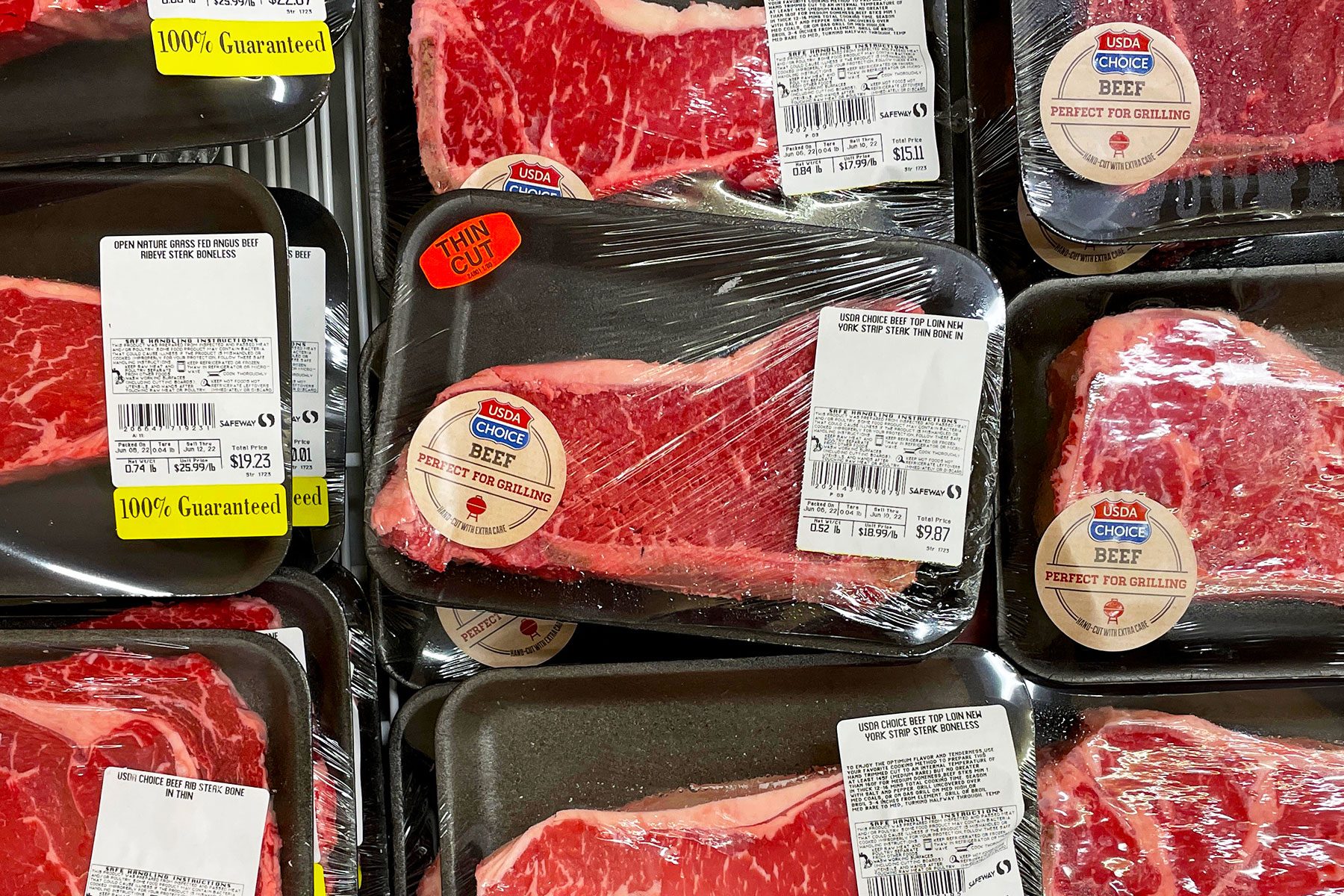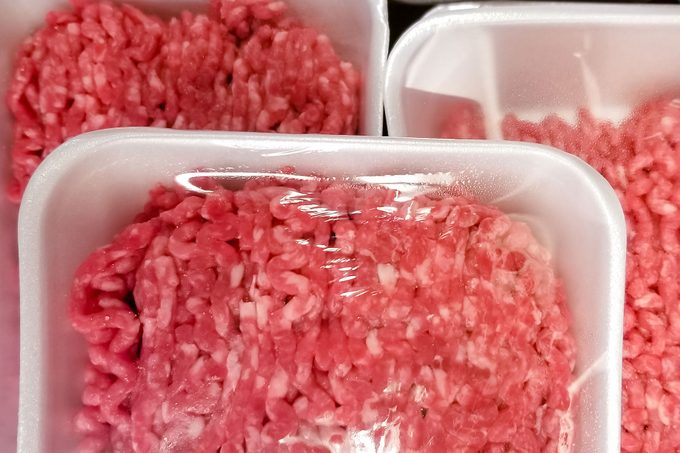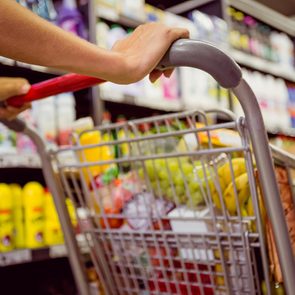This clever tip will ensure you're buying the freshest, safest cuts of meat at the store every time you shop!

This Is How to Get the Freshest Meat in the Grocery Store

When it comes to picking the freshest foods at the store, we’re all about those clever tips. Like how the color of your bread twist ties can tell you which day of the week it was set out or understanding the difference between best-by, use-by, or sell-by.
And while we’re all about keeping our fruits and vegetables fresh for longer, or keeping an eye (er, nose?) out for spoiled milk, we can’t always be sure if the meat we’re buying is safe to cook and eat. Is there even a way to know if your meat is good even before opening up the packaging and taking a whiff?
Thankfully, there is—and we discovered the easiest trick to take with you next time you walk down the meat aisle.
This hack can help you get the freshest meat
One of the easiest ways to find the freshest meat at the store right off the bat is to look at the packaging. If the packaging of the meat is “bubbled” up, it likely isn’t the best meat to buy, according to the Instagram account @homehacksco.
View this post on Instagram
If you notice that a package of meat has bubbled up and the meat is not sealed well to the plastic, it likely means that the package of meat went through a temperature change. When the meat goes from a hot temperature to a cold temperature, the plastic packaging will leave a gap of air and “bubble” up.
Why exactly does this matter? According to the USDA, if raw meats have been mishandled and experienced different temperatures, bacteria may grow and create an even greater risk of developing food-borne illnesses. Also, check what are the safest types of meat to eat.
What else to look for with packaged meat

While the bubbled packaging is an easy way to immediately suss out potentially bad meats in your grocery aisle, there are a few other ways you can determine if your meat is good to cook—both before and after opening up the packaging.
First is the color. For beef, the freshest cut will actually look purple before changing to the typical cherry red. The meat will slowly change to brown-red, but if it has gone darker brown and even gray, it is starting to rot and is likely spoiled. For chicken, a pink hue with white streaks of fat is considered normal, but a yellow or gray color would be considered moldy and unsafe.
Second—and probably one of the most obvious—is the smell. Fresh raw meat shouldn’t smell, so you can easily tell if your beef or chicken has gone bad if it has a slightly funky odor, almost sour like bad eggs or spoiled milk.
But if your meat is still packaged tightly, still a bright color and doesn’t have an odd smell, rest assured it is likely safe to cook and eat!
Sources:
- USDA: “How Temperatures Affect Food”
- University of Wisconsin Madison: “Can you tell if meat is safe by looking?”
- Banner Health: “Four Easy Ways to Tell If Your Raw Chicken is Bad”
- USDA: “Does the color of beef indicate freshness?”























